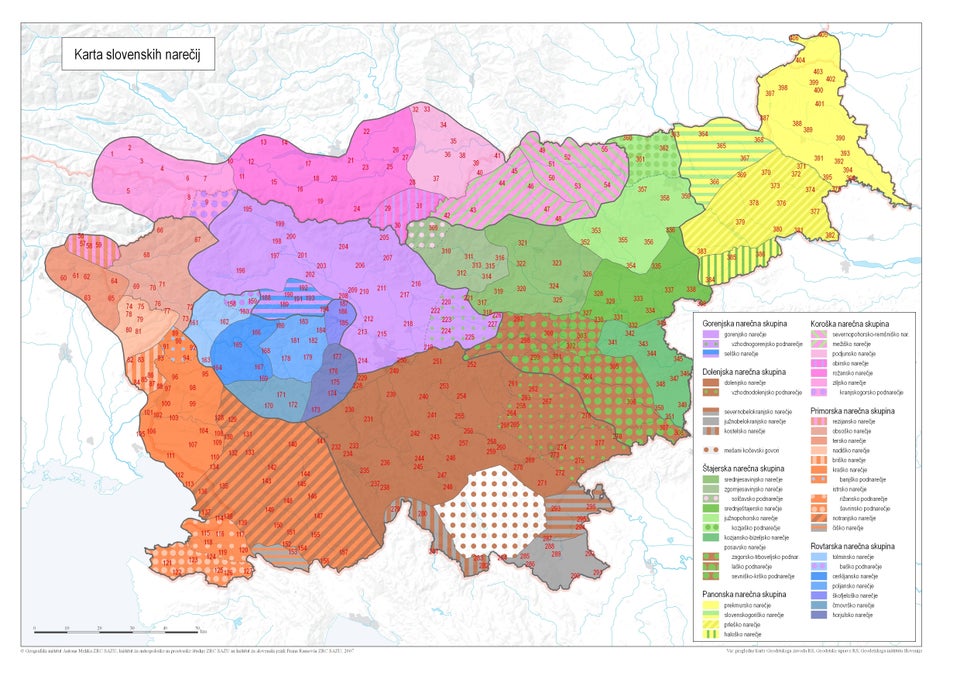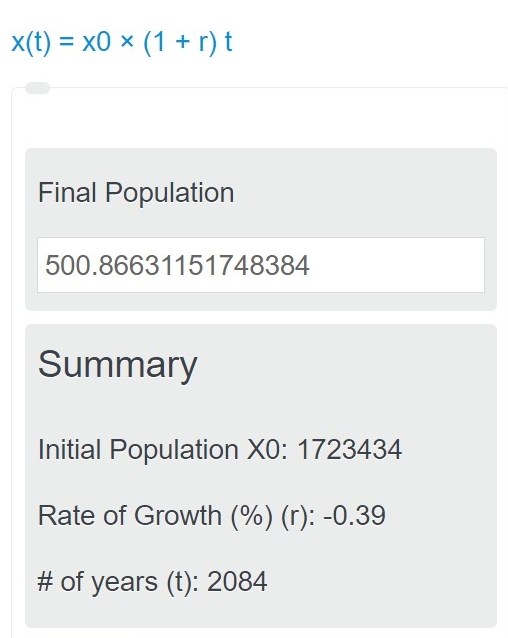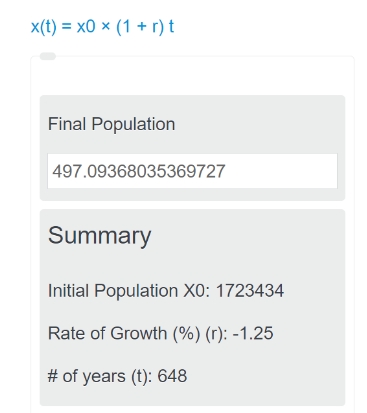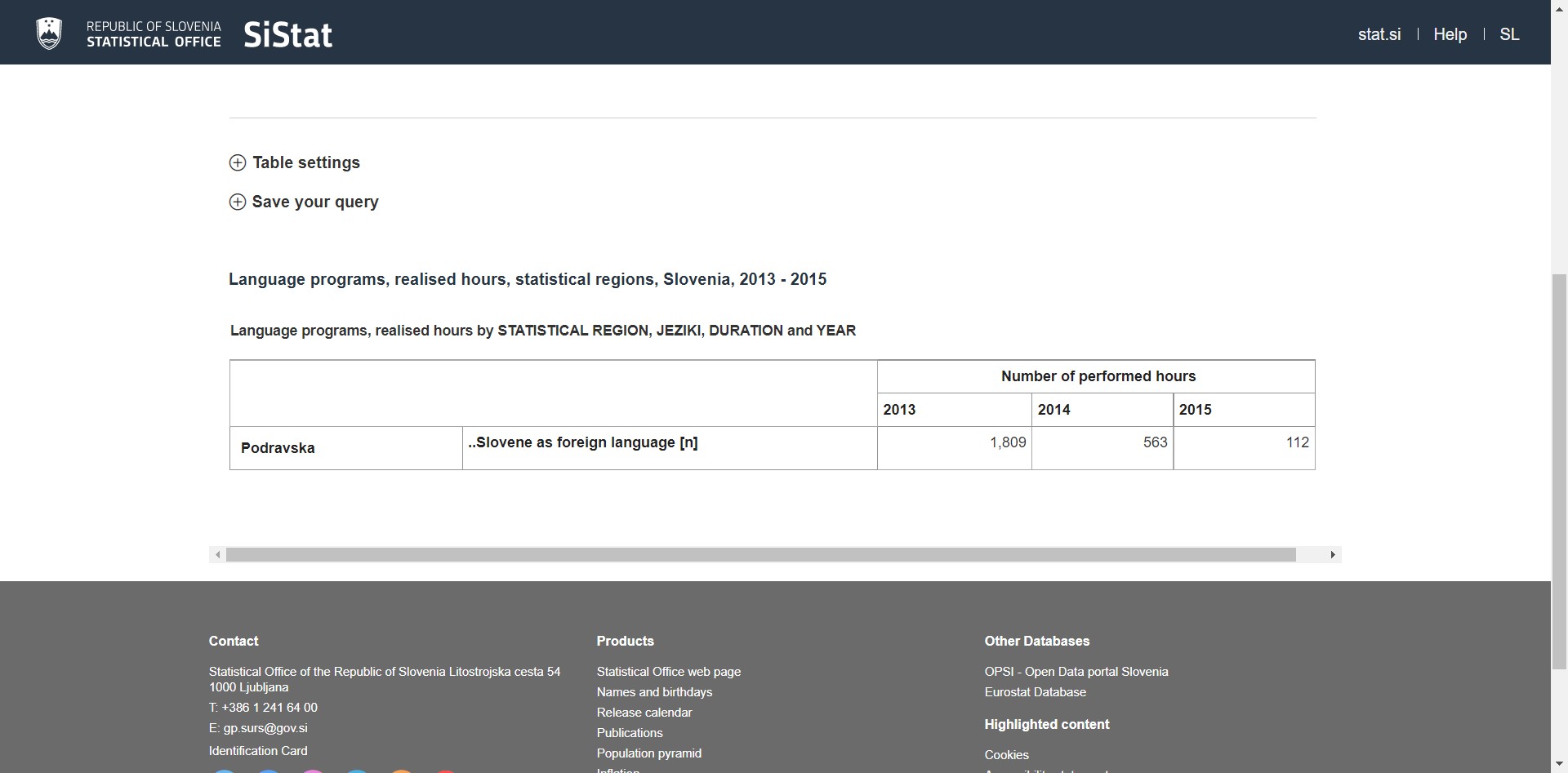
THE TEACHERS
According to the 2002 Slovenia census, three years before the Complainant's
arrival the mother tongue of a total 1964036 inhabitants included 31329 Serbian,
36265 Serbo-Croatian, 5778 "other" and 52316 unknown.
English is not among the languages listed and could belong to people under
either of the last two headings.
The predominant age range among 2002's other-unknowns is 25-50. [9]
These 58094 (2.96%) other-unknowns are a statistic covering all the world's
languages so 1 in 33 in Slovenia belonged in this group in 2002. They are the
largest group after Slovene speakers themselves.
Of course all we are really lacking in the context of ZJRS 14 is a "doesn't speak Slovene" total, seemingly an insulting type of number and the only statistic which Slovenia cannot bring itself to produce.
Given the iron rule of ZJRS 14 this is the only figure that really matters for discrimination purposes. And so begins a journey into a heavy numerical fog.
Here we see 240,602 (12.25%) did not have Slovene as a mother tongue
in 2002. What proportion of these were better at English than Slovene? The stats
do not say.
As for the 1723434 Slovene speakers, one of the things it is essential to remind
foreigners is that Slovenians from different regions sometimes cannot understand
each other, and have around 50 dialects.

Besides some compromises over this, there is an official "proper" Slovene - that
no one speaks, whose main purpose seems to be to render official documents as
bewildering to the natives as to the foreigner asking them what it means.
By 2020, the 2002 other-unknowns had grown to 11.1%, according to the same data
being quoted by Eurydice. Unknowns alone account for 8.9%, it says.
But 52316/1964036 x 100 is not 8.9%, it is 2.66%.
What is the source of this 8.9% figure?
Compared with the Slovenian statistical office original, Eurydice in its
demographic [11]
has removed all the Romany, Albanian, Montenegrin, Macedonian and German
language groups and inserted a new language group: "Muslims (including
Bosniacs)".
In Eurydice's 2020 version of 2002 [11],
Serbs and Croatians (3.8%) replace the Serbs, Croatians, and Serbo-Croatians of
[9]
- total 121673, 6.2%.
Lumping together all the Romany, Albanian, Montenegrin, Macedonian and German
speakers - who are no longer mentioned in 2020 - with the previously known
"unknowns" of Popis 2002 results in a total of only 70277 unknowns, being 3.57%
and so also well short of the 8.9% claimed here.
If we add all the Bosnians too it's still only 101,776 (5.2%)
8.9% would be 174799 people in Slovenia in 2002.
The "other" category amounted to 5778 individuals and so 0.29% according to
Slovenia in 2002.
Eurydice - Orpheus's wife's name has been proposed to mean "true judgement" or
"profound judgement", from the Greek: eur dike [12]
- makes it 2.2%, which would have to be 43209 people, including the
English-speakers.
Citizenship includes a language test. Eurydice notes:
"The share of inhabitants with Slovenian citizenship slightly decreased in the
last decade, from just under 96% in 2011 to 92.1% in December 2020."
If this is paralleled by Slovene ability - and there are few other reasons to
avoid citizenship - an additional 1 in 25 people have been legally excluded from
economic rights in a third of the lifetime of the country. This hardly justifies
the loose use of the word "slightly".
Why? Applying the negative growth of -0.39% per year to the 2002 Slovene
speakers [27],
even with births at the replacement rate, Slovene would diminish to 500 speakers
by the year 4086.

Treating population growth and the percentage with citizenship as mutually
exclusive
values - migration is a major influence, explains SURS [40]
- we add the average population growth for the period 2011-2020 to the
projection, which is -0.86 (trickily this is for all language groups and not
Slovenophones alone), for a total decline of -1.25%.
With this combined rate of decline Slovenia could reach <500
Slovene speakers by 2650. [10,11,27]

None of which is any foreigner's doing, unless we count the Pope. This
combination of lacklustre performances suggests the Slovenians and their
languages choose a genetically authentic extinction above survival in
statistical form as a mix of mongrels and fake foreign Slovene-speakers.
Even using the raised figure of known unknowns hypothesised above, the origin
and fate of the discrepant ((8.9% - 3.57%) x 1964036) - 70277 i.e. 104683
unknowns raised by Eurydice's interpretation of the 2002 figures is unknown. The
higher estimate ((8.9% - 2.66%) x 1964036) - 70277 = 122555.
It is hard to reconcile the 12.25% non-Slovene mother tonguers (NSMTs) reported in 2002
with the 16.9% non-Slovene ethnic groups and therefore presumably non-mother
tonguers reported about the same year in late 2020.
For whatever reason, Slovenia chooses not to count its Anglophone residents in a
single statistic. It might affect their value, e.g. by creating one. Nothing
exists in Slovenia until it has been counted.
The United States and United Kingdom provide about a thousand [26].
The Complainant's region Podravska, which includes Slovenia's second largest city
Maribor, performed 112 hours of teaching Slovene as a foreign language in 2015.
[39]

Over these three years Podravska had 35 courses of which 6 were counted as "over
100 hours".
From 27 July 2018 [43]
the Interior Ministry is known to have made public some free Slovene lessons for
third-country nationals with €22.60 anywhere with an Upravna Enota. The
Complainant believes the ZRSZ paid this fee in the 2021 debacle.
By 2021 Slovenia had 208 persons in employment under occupational group 2353 -
other language teachers, and Podravska 32. Four regions had Z.

National teacher inflation stood at 10%. Slovenia's regions in total
had 189 teachers, 19 less than all of Slovenia together [41].